You don’t necessarily need to be a pro even to capture the essence of your traveling adventures. Mastering a few key elements of travel photography tips for beginners, such as composition, lighting, and storytelling, can turn ordinary scenes into memories that pop. Envision strolling down vibrant city streets or gazing in awe at breathtaking landscapes-and now having the tools to capture that moment perfectly.
In short, travelling can really change one’s life, and the charm of those moments is very hard to be captured if you are a beginner in photography. Wandering through the busy city, appreciating the breathtaking mountains, or absorbing the indigenous culture, following some travel photography tips for beginners can help you make the most of your camera and preserve those memories forever. Ready to elevate your travel photography game? Dive into these beginner-friendly tips and start creating photos that truly reflect the beauty of your journey!
Table of Contents
ToggleUnderstand Your Camera and Gear
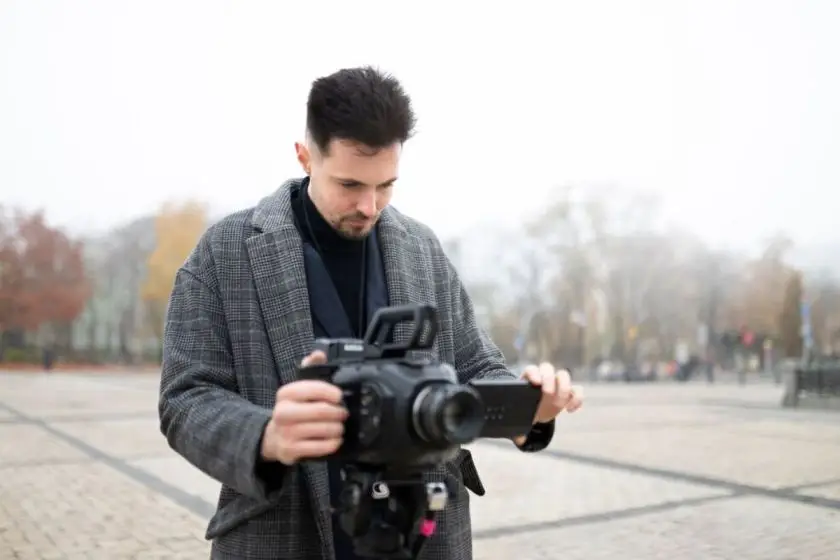
It is essential to get a feel for the tools you have before clicking away. Your camera doesn’t have to be the most expensive model around, but understanding its features is well worth the great shots taken.
Learn the Basics of Your Camera:
Take time to get familiar with your camera settings. Whether you are shooting with an SLR or just with your smartphone, the little changes of ISO, aperture, and shutter speed can add up and make a big difference in how your shots would turn out. One of the essential travel photography tips for beginners is to understand these basic settings. Now you have ISO, aperture, and shutter speed. Do not be nervous if you are not familiar with these terms yet. The ISO, in simple terms, is a degree that the camera has with respect to light; aperture is the amount of light allowed by the camera; and shutter speed is the time the camera’s lens is open to take a photo. All these contribute to how things come out in a picture, especially in low-lighting conditions.
Choose the Right Lenses:
An interchangeable lens camera, however, requires you to choose which lens to use on your shot. A wide angle is suitable for landscape shots while a prime is better for portraits or when you want to focus on something particular. If you are still unsure, starting with a versatile zoom that covers an extremely wide and telephoto range-this will be a flexible way to learn.
Focus on Composition
Composition is what makes your photos aesthetically pleasing. It’s not just about what you shoot, but how you frame it.
Use the Rule of Thirds:
This is the most straightforward and efficient technique in photography. Just imagine your frame as a 3×3 grid. Place your subject directly on one of the lines, at an intersection-point, for a more dynamic shot. This easy rule will turn an ordinary picture into a picture of wow, especially when capturing unique places to visit in India, where stunning landscapes and vibrant scenes deserve to be framed perfectly.
Incorporate Leading Lines:
Look for natural lines that lead the viewer’s eye toward your subject—roads, rivers, fences, or even a line of trees can guide the focus of the image. Using this technique, one of the essential travel photography tips for beginners, adds depth and makes your shots more compelling.
Find natural elements in your surroundings—windows, doorways, or arches—to frame your subject. This adds a sense of context and depth to your photos.
Lighting is Key
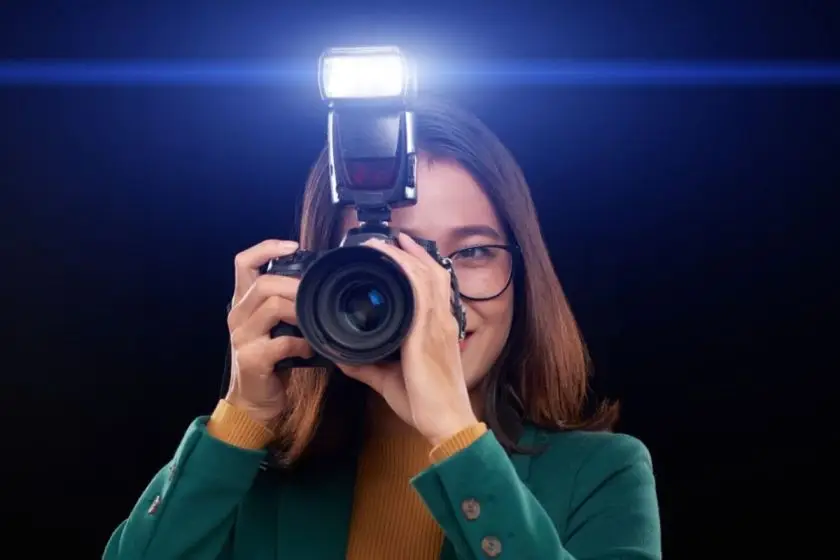
Lighting can make or break a photo, and understanding how to use it effectively is critical for beginners.
Golden Hour Magic:
The best light for photography, as highlighted in many travel photography tips for beginners, is during the “golden hours,” they are shooting times just after sunrise and before the sun sets. During such times, the illumination is soft, warm, and flattering. That means one can take nice landscape shots, cityscapes, or portraits, making everything appear magical.
Avoid Midday Harshness:
The midday sun can be pretty harsh and overhead, and unwanted shadows can pop up everywhere, while colours will be washed out. To compensate try to find shaded areas for softening the light or use a reflector to bounce sunlight back onto your subject.
Use Natural Light Indoors:
When shooting indoors, avoid using your camera’s flash as it can create unflattering shadows and unnatural lighting. Instead, position your subject near a window or other sources of natural light.
Capture the Local Culture and Details

Travel photography is one of the sources of excitement for the element in a destination that is unique to that place. Wide landscape shots are great, but do not forget the small, everyday details that make a place special.
Photograph People and Daily Life:
Don’t shy away from photographing people in their natural environment. Capturing candid moments of locals going about their daily routines is one of the essential travel photography tips for beginners, as it adds a layer of authenticity to your travel story. Just be respectful and ask permission when necessary, especially in more personal or religious contexts.
Zoom in on the Details:
The beauty of travel photography often lies in the details. The intricate carvings on a temple might be important; the texture of local cuisine is important; the colorful patterns of a market stall-all these elements can help tell a more complete story of your journey.
Practice Patience and Be Mindful
Great travel photography often requires patience. It’s easy to get caught up in the excitement of new surroundings, but sometimes the best shots come from waiting for the perfect moment.
Wait for the Right Moment:
For dynamic scenes like busy streets, local festivals, or wildlife, waiting for the right timing is essential. As part of the travel photography tips for beginners, it’s important to observe your environment and anticipate when something interesting is about to happen, whether it’s a flock of birds taking flight or the exact moment someone lights a lantern.
Be Mindful of Cultural Sensitivity:
It is always important to be aware of local customs and attitudes towards photography. There are some countries where taking pictures of certain persons, events, or things is considered offending or intrusive. One should always be respectful and make sure to get permission and align with the cultural mores in a place.
Conclusion: Putting It All Together
Where do you start from your travel photography? All this really starts with understanding one’s camera, honing essential techniques in composition, lighting, and storytelling, all of which improve through experimentation and learning from mistakes. Besides, nothing beats the satisfaction of experimenting, risking, trying new angles, and stepping out of your comfort zone. Your pictures are sure to change dramatically as you develop your skill.
Now the question arises, will your next travel adventure lead to a series of pictures that capture more than you have been to but tell the emotions, stories, and moments that make travelling so transforming? With these travel photography tips for beginners, you’re well on your way to crafting photos that do just that.
And finally, don’t forget—practice makes perfect. The more you shoot, the more you’ll develop your own unique style and voice in photography. Safe travels, and happy shooting!
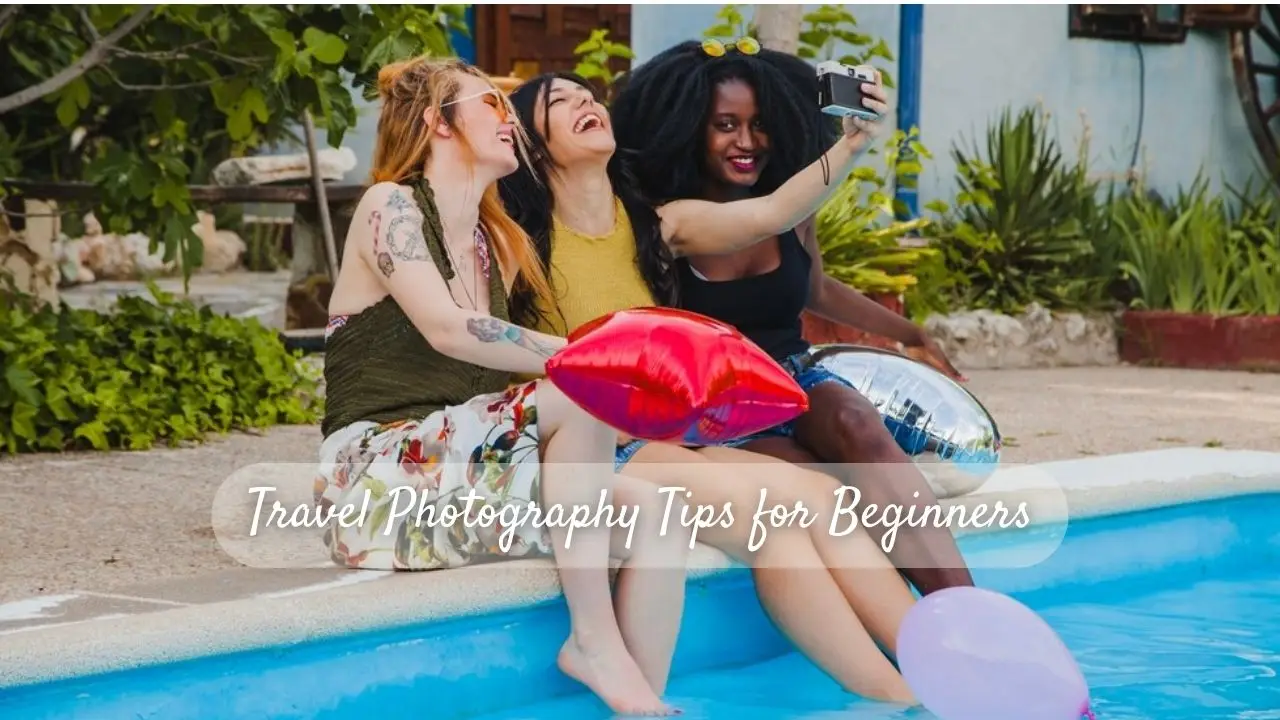





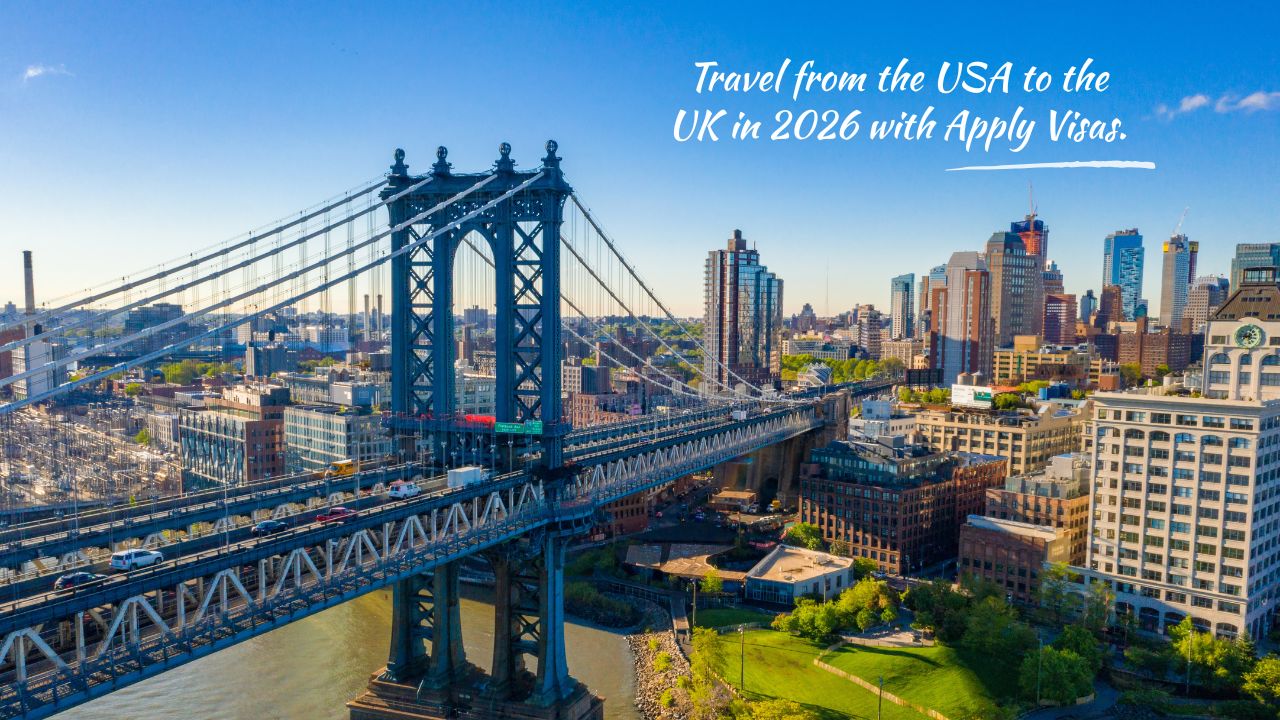
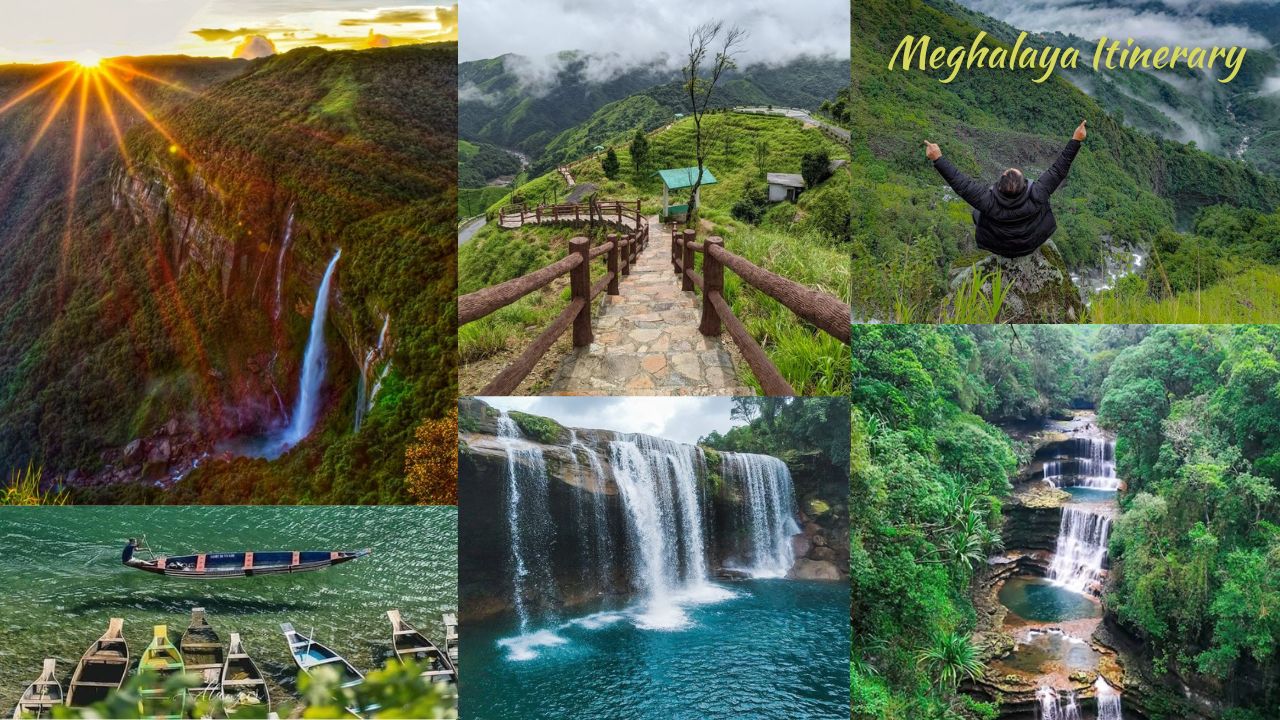
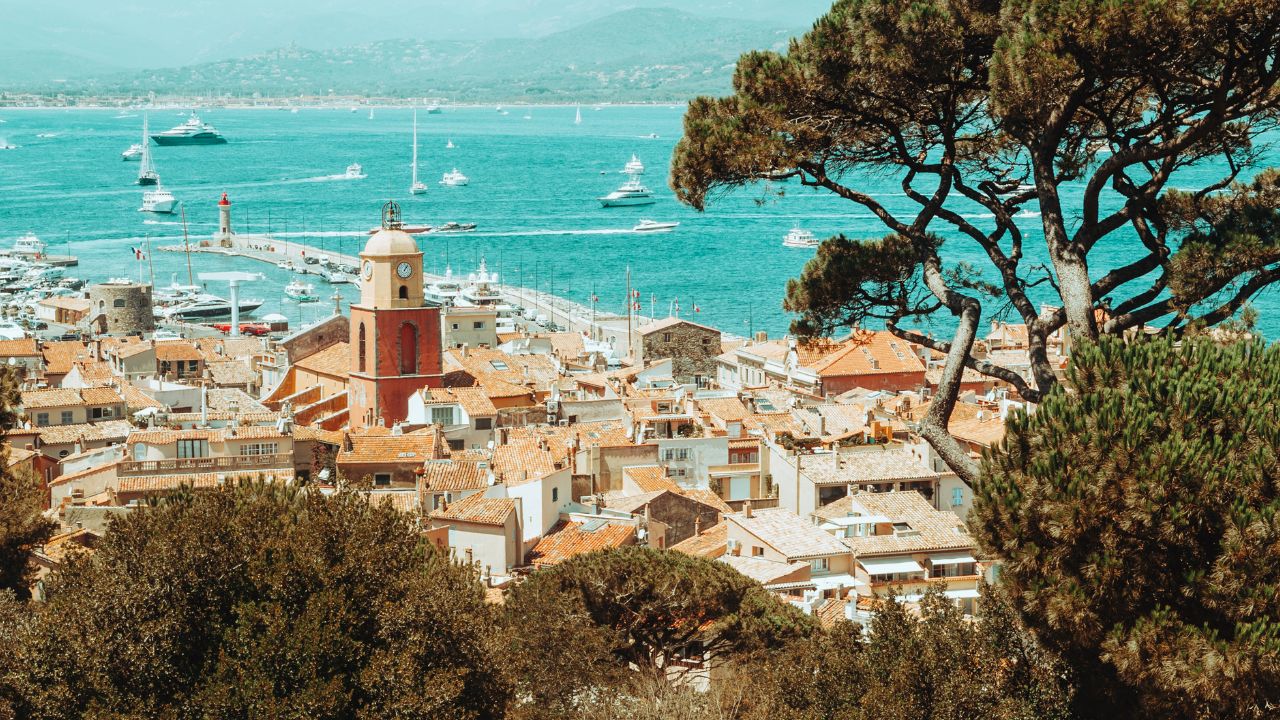

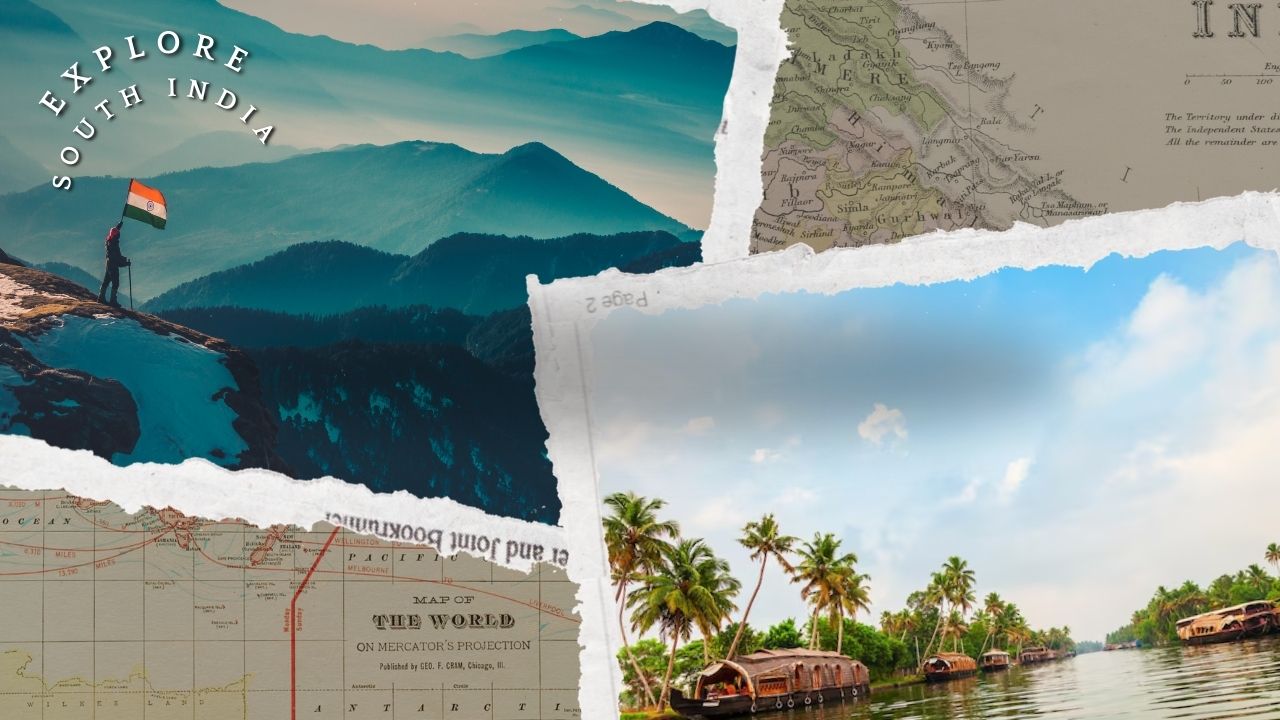
3 thoughts on “Essential Travel Photography Tips For Beginners”